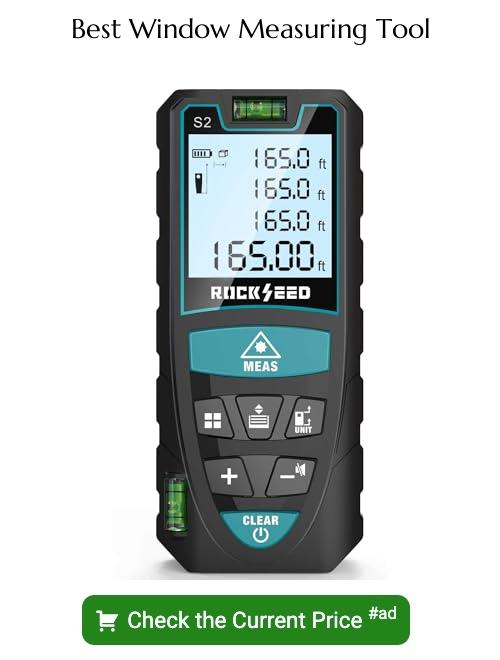Discover the simple steps to accurately measure your window dimensions, ensuring a perfect fit for any type of window treatment or replacement.
Windows are an essential part of any home. They not only add to the aesthetic appeal but also provide natural light and ventilation.
However, before you can install a new window or replace an old one, you need to know how to measure for it accurately. Measuring for a window might seem like a simple task, but it requires precision and attention to detail.
In this blog post, we will guide you through the process of measuring for a window correctly so that your installation goes smoothly and your home stays comfortable and secure. So grab a tape measure and let’s get started!
Key takeaways:
- Use the right tools: tape measure, pencil, level, ladder, safety equipment.
- Understand different window types: single-hung, double-hung, casement, sliding, awning.
- Accurate measurements are crucial for proper fit and energy efficiency.
- Know the parts of a window: frame, sash, glass pane, grille, jamb, casing/trim/molding.
- Consider factors like squareness, depth, and trim when measuring.
Tools Required
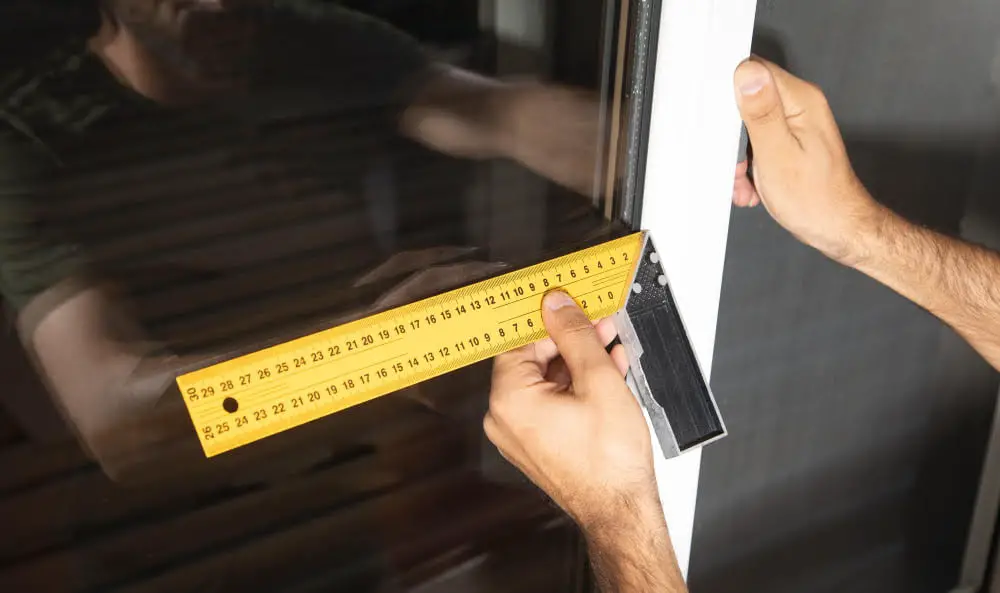
Before you start measuring for a window, it’s essential to have the right tools on hand. Here are some of the basic tools required:
1. Tape Measure: A tape measure is an essential tool for measuring windows accurately.
2. Pencil and Paper: You’ll need to record your measurements as you go along, so make sure you have a pencil and paper handy.
3. Level: A level will help ensure that your measurements are accurate and that your window will be installed correctly.
4. Ladder or Step Stool: Depending on where the window is located in your home, you may need a ladder or step stool to reach it safely.
5. Safety Equipment: If you’re working at height or with heavy materials, make sure to wear appropriate safety equipment such as gloves and eye protection.
Window Type Selection
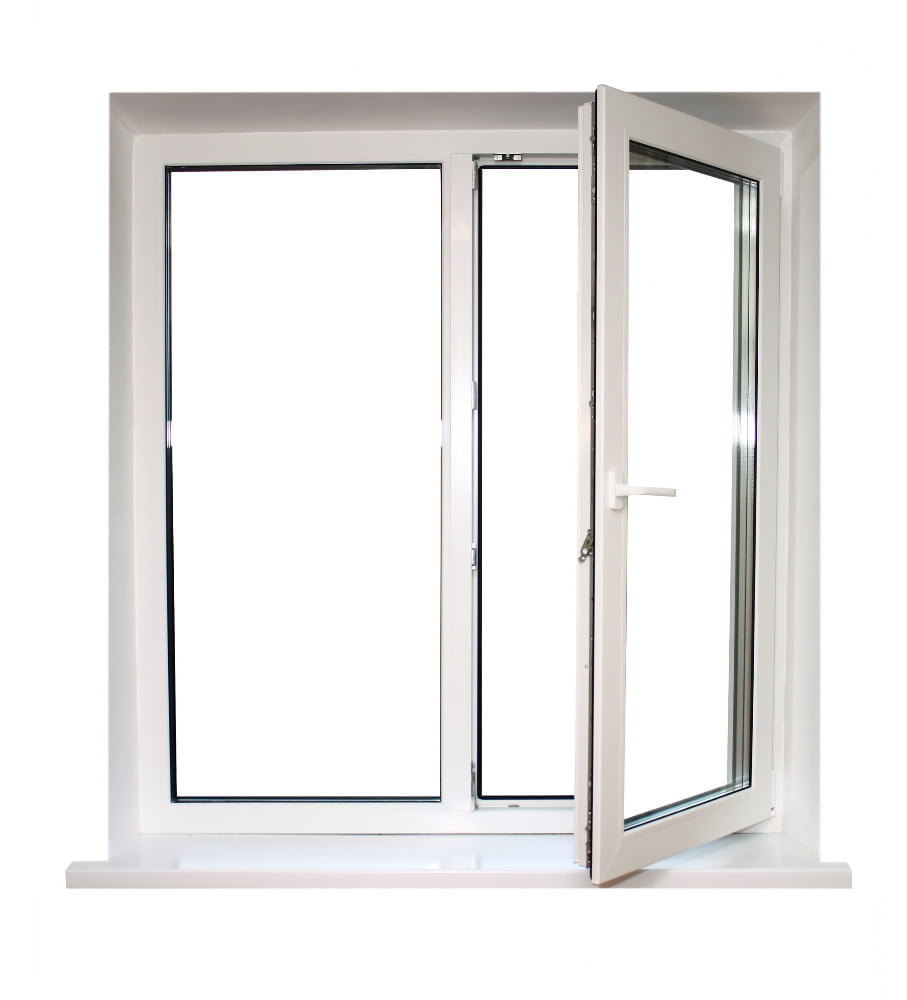
There are various types of windows available in the market, including single-hung, double-hung, casement windows and more. Each type has its unique features and benefits that cater to different needs.
Single-hung windows have a fixed top sash while the bottom sash can be raised or lowered. Double-hung windows have two movable sashes that slide up and down independently.
Casement windows open outward like doors using hinges on one side. They provide excellent ventilation but require more space than other types when opened.
Sliding Windows move horizontally along tracks at the top and bottom of their frame; they’re ideal for spaces with limited vertical clearance but ample horizontal space.
Awning Windows hinge at their upper edge allowing them to swing outwards from below providing good ventilation even during light rain showers.
Importance of Accurate Measurements
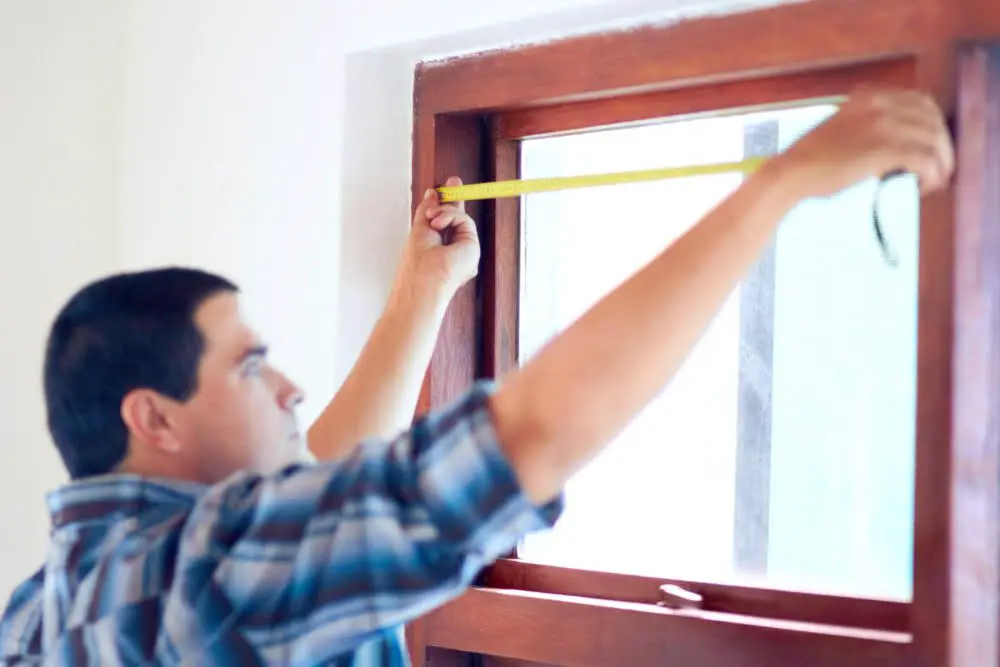
Even the slightest error in measurement can lead to a poorly fitting window, which can cause air leaks, water infiltration, and energy loss. These issues not only affect your home’s comfort but also increase your energy bills.
Moreover, if you’re ordering custom-made windows based on incorrect measurements, you’ll end up with unusable products that will cost you time and money. Therefore it is essential to take accurate measurements before placing an order for new or replacement windows.
In addition to ensuring proper fitment of the window frame into the opening space available in your wall structure; precise measurement helps determine whether any additional work needs doing such as trimming down walls or adding insulation around frames where necessary.
Measuring Window Basics
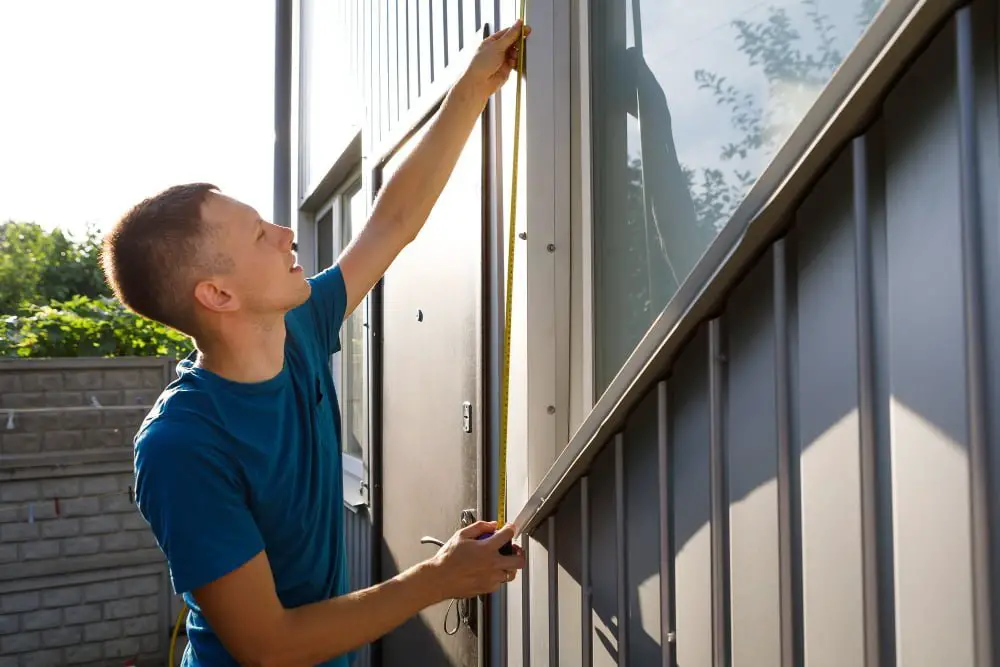
First, determine whether you’re measuring for an inside or outside mount. An inside mount is when the window treatment sits within the frame of the opening, while an outside mount is when it hangs above or beyond that frame.
Next, decide on which unit of measurement you’ll use – inches or centimeters – and stick with it throughout your measurements. It’s also important to note that most windows have standard sizes available in stores; however, if yours doesn’t fit into those categories (or if you want something custom), then precise measurements are crucial.
Make sure all surfaces around your windows are clean and free from obstructions before taking any measurements. This will ensure accurate readings without any interference from dirt or debris.
Get Familiar With Parts of a Window
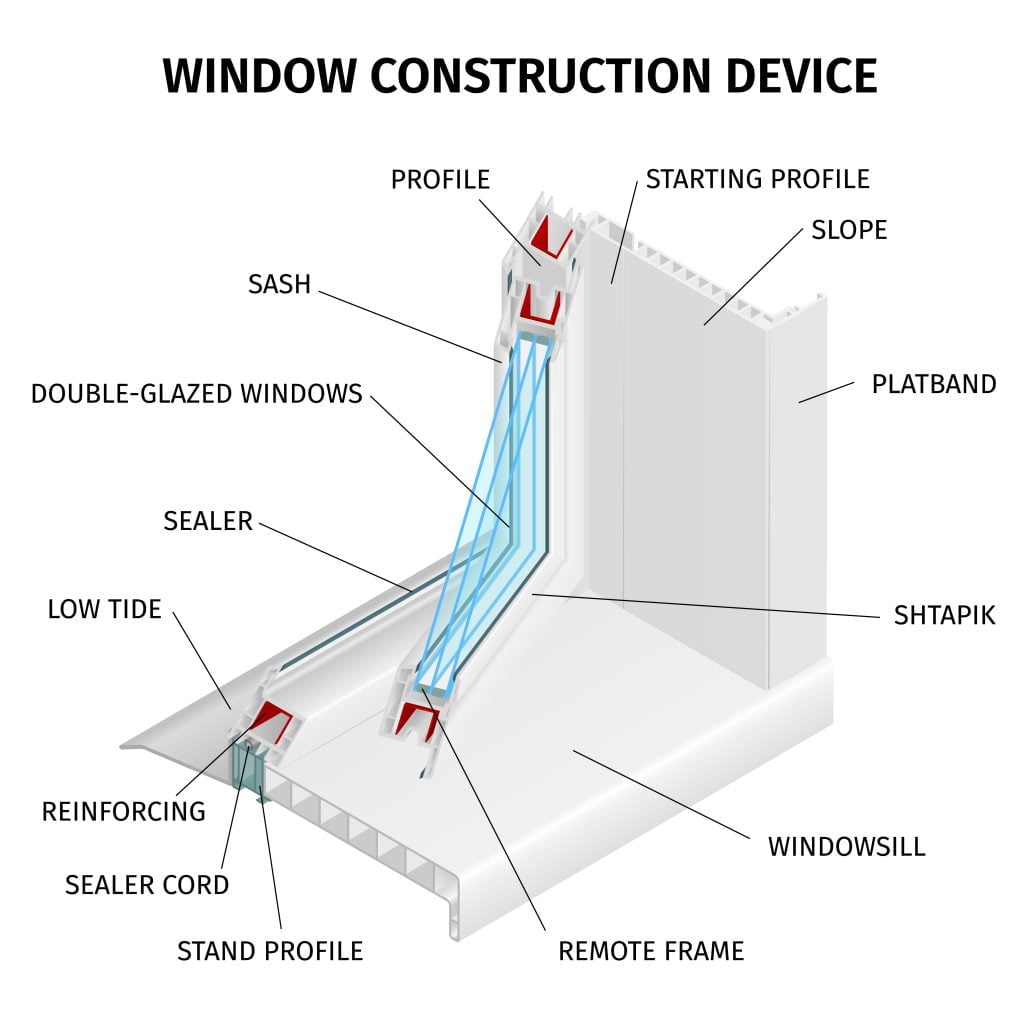
Knowing the various components will help you measure accurately and ensure that you order or install the right type of replacement windows.
The basic parts of a typical window include:.
- Frame: The outermost part that holds all other components together.
- Sash: The movable part within the frame that holds glass panes.
- Glass Pane: A sheet of glass held in place by glazing putty or strips.
- Grille (Muntin): A decorative element dividing individual panes into smaller sections
- Jamb: Vertical sides forming an opening for fitting sashes
- Casing/Trim/Molding – Decorative elements around windows
Different types and styles may have additional features such as locks, handles, hinges, weatherstripping among others. Understanding these terms will make it easier to communicate with professionals when ordering new windows or discussing repairs.
Measuring Width
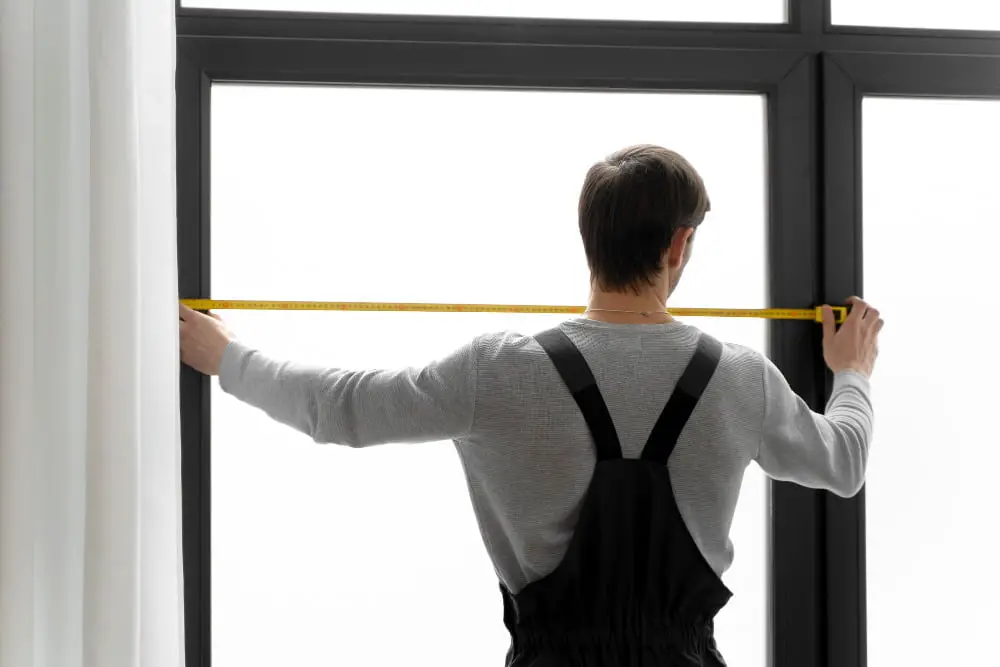
To measure the width, you will need to take three measurements: one at the top, one at the middle, and one at the bottom of your existing window frame. Start by measuring from left to right across each point and record each measurement separately.
It’s important to note that windows can sometimes be slightly out of square due to settling or other factors. If this is true for your windows, it’s best practice always to use the smallest measurement when ordering a new or replacement unit.
When measuring for custom-sized windows, make sure you provide accurate measurements down to 1/8th inch increments as even small variations can affect how well they fit into their opening.
Remember also that some types of windows require different methods for taking measurements than others; double-hung sash units are measured differently than casement-style ones.
Measuring Height
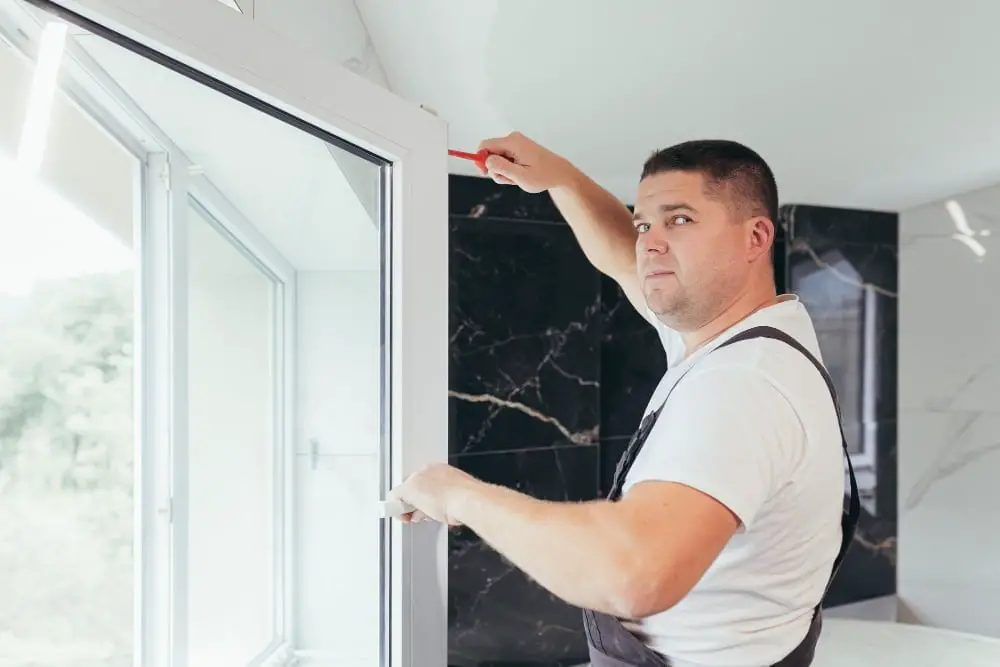
Measuring for height is just as important as measuring for width because windows come in different sizes and shapes. To get an accurate measurement of your window’s height, start by placing one end of your tape measure at the top edge of the window frame and extend it down to where you want your new or replacement window to end.
Make sure that you take measurements from multiple points along both sides and in the middle since windows can be slightly uneven due to settling or warping over time. Record each measurement separately on a piece of paper so that you don’t forget any details later on.
If there are any obstructions such as blinds or curtains hanging inside, remove them before taking measurements; otherwise, they may interfere with getting precise results. Remember always to double-check all dimensions before ordering a new or replacement window since even small errors can lead to significant problems during installation.
Measuring Depth
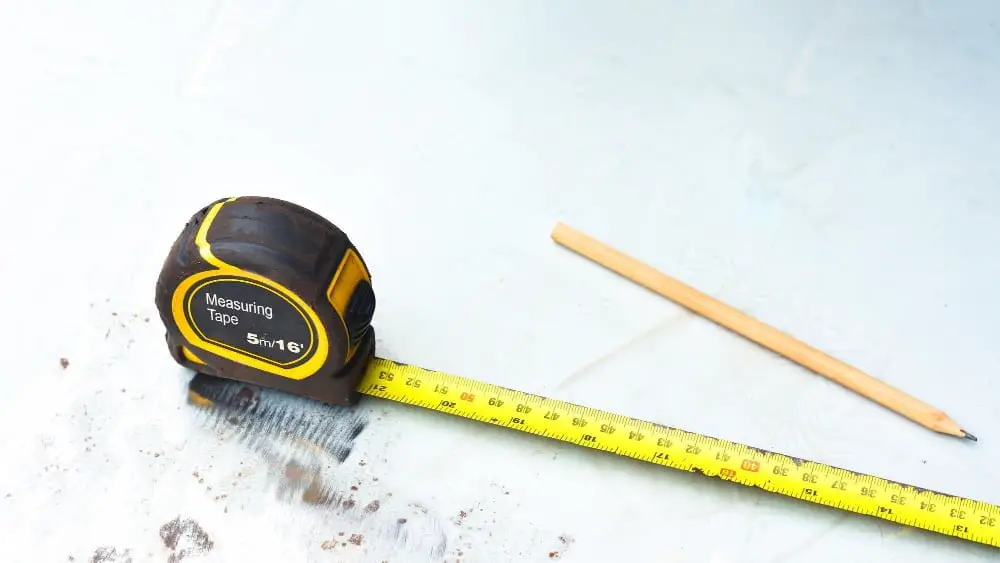
It’s essential to measure this dimension accurately, especially if you’re installing new windows or replacing old ones. To measure depth, start by opening your window as far as possible.
Then, use a tape measure to determine the distance from the front edge of the exterior frame to where it meets with interior trim or drywall.
It’s important not to assume that all windows have standard depths because they don’t! Some older homes may have non-standard sizes that require custom-made replacement windows.
When measuring for depth, be sure also to take note of any obstructions such as blinds or curtains that could interfere with proper installation and operation of your new window.
Checking for Squareness
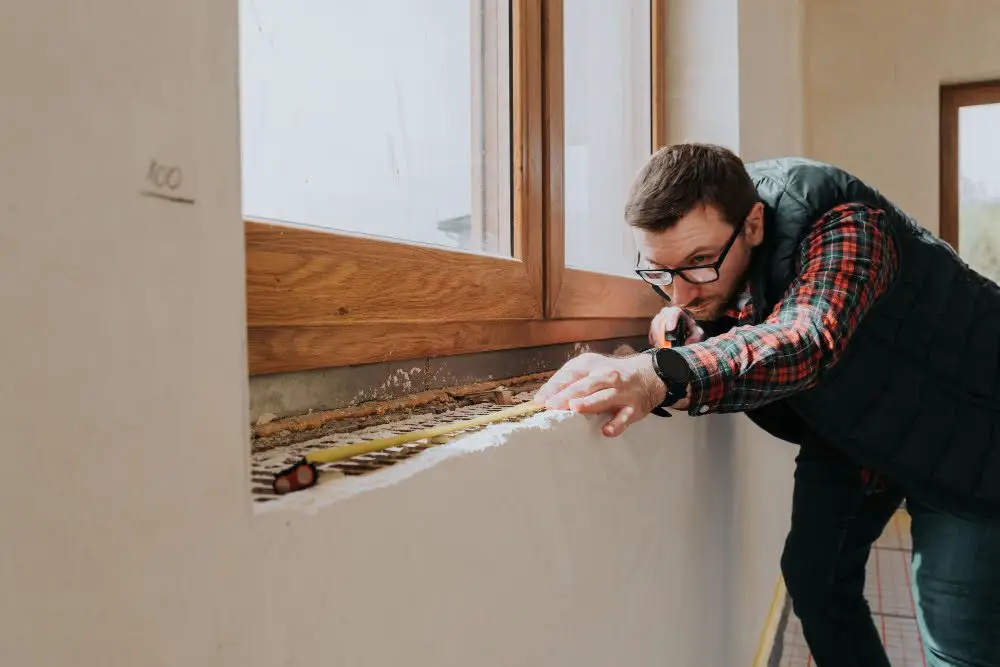
Squareness refers to whether or not the corners of your window are at perfect right angles (90 degrees). If they’re not square, then you’ll need to make adjustments before installing a new window.
To check for squareness, measure diagonally from one corner of the rough opening to its opposite corner. Then measure from the other two corners in the same way.
The measurements should be equal if your rough opening is perfectly square.
Measuring Outer Frame
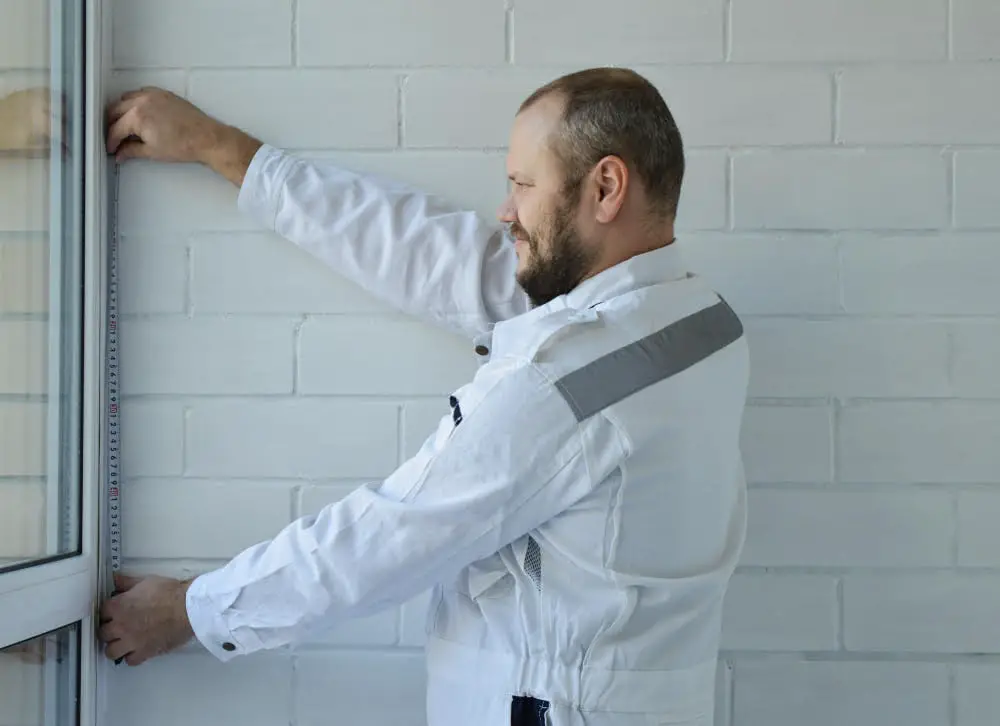
Measuring the outer frame is crucial if you are planning on installing a replacement window or adding an exterior trim. The process for measuring the outer frame is relatively simple.
Start by measuring from one side of your existing window to its opposite side at three different points: top, middle and bottom. Record each measurement separately in inches and round up to 1/8th inch increments.
Next, measure from top to bottom along both sides of your existing window at three different points: left edge (near center), middle (center) and right edge (near center). Again record each measurement separately in inches rounding up as necessary.
Measuring Rough Opening
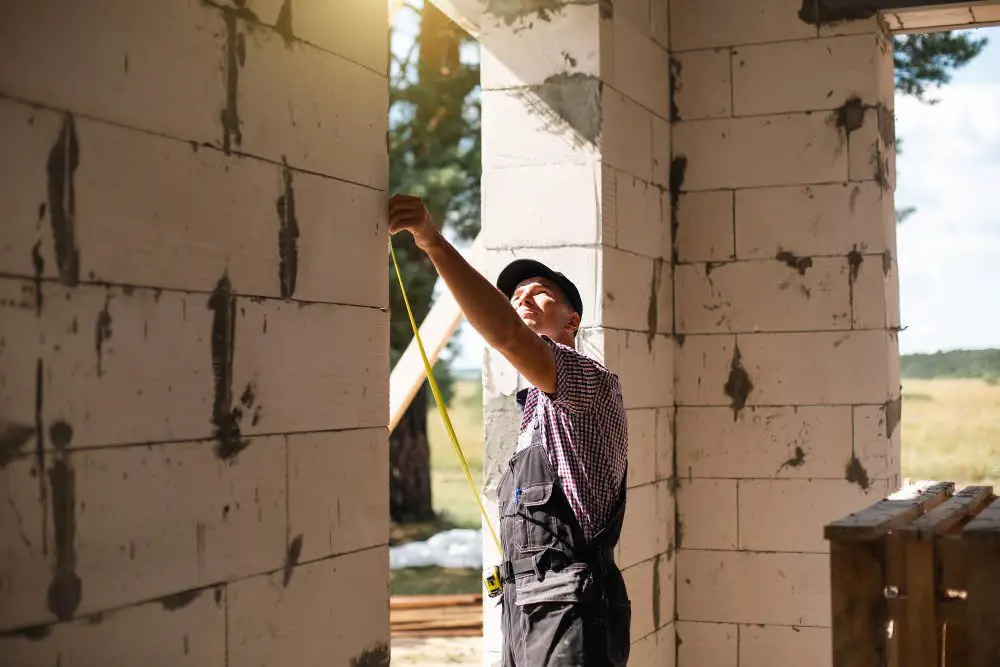
The rough opening is the space in which your window will be installed. It’s essential to measure this area correctly so that you can order a window that fits perfectly.
To measure for a rough opening, start by removing any trim or casing around your existing window. Measure from stud-to-stud across the top of the frame and then down each side from top to bottom.
Make sure to take three measurements at each point (top/middle/bottom) as walls are not always plumb or square.
Next, determine if there is enough clearance between studs for installation hardware such as screws or nails without interfering with framing members like headers above windows/doors etc., electrical wiring/plumbing pipes running through wall cavities near where new windows will go into place – these should be relocated before installing new units if necessary.
Finally document all measurements on paper including width x height x depth + RO dimensions (width & height).
Documenting Measurements
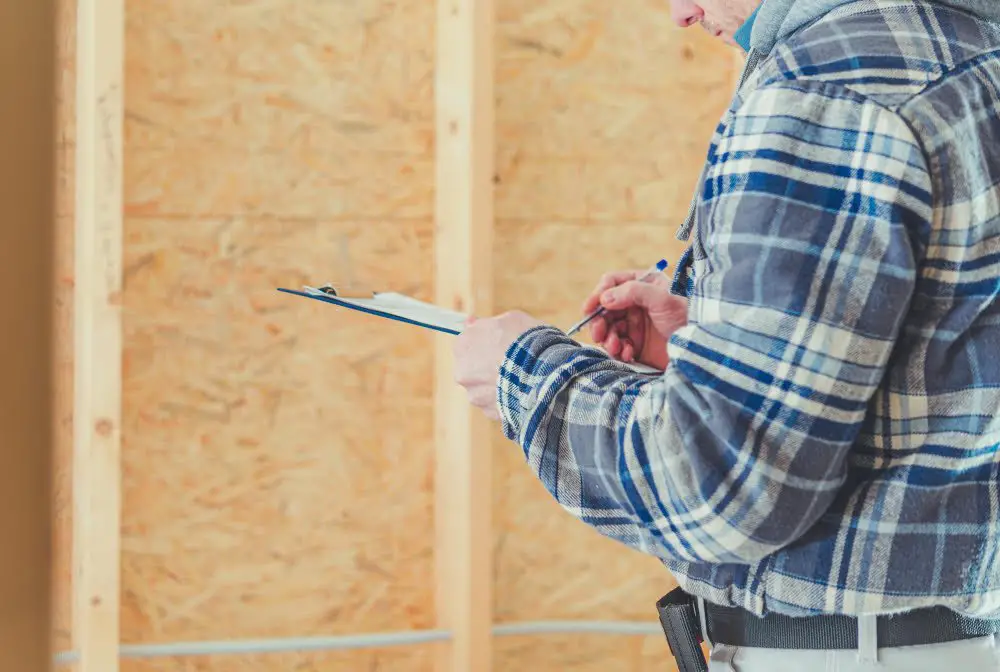
This step will help ensure that the correct size and type of window are ordered, and any installation or replacement goes smoothly. It’s a good idea to write down all the measurements on paper or use an app on your phone for easy access.
When documenting measurements, make sure you label each measurement clearly so that there is no confusion later on. For example, if measuring width and height separately, label them as such with clear markings indicating which measurement belongs where.
Take note of any special features like arches or curves in the frame as these can affect sizing requirements. If ordering custom windows based on your specific needs rather than standard sizes available at home improvement stores – be sure to double-check all dimensions before placing an order.
Replacement Vs. New

If your current window is damaged beyond repair or has become outdated, then it’s time for a replacement. However, if you’re looking to upgrade the look and functionality of your home’s windows altogether, then installing new ones might be the best option.
Replacing an old window with a similar-sized one can save money on installation costs and reduce waste by reusing existing frames. On the other hand, installing entirely new windows can provide better energy efficiency and improved aesthetics while increasing property value.
When deciding between replacing or installing new windows in your home, consider factors such as budget constraints and long-term goals for energy savings. It may also be helpful to consult with professionals who specialize in both options before making any final decisions.
Custom Vs. Standard Sizes
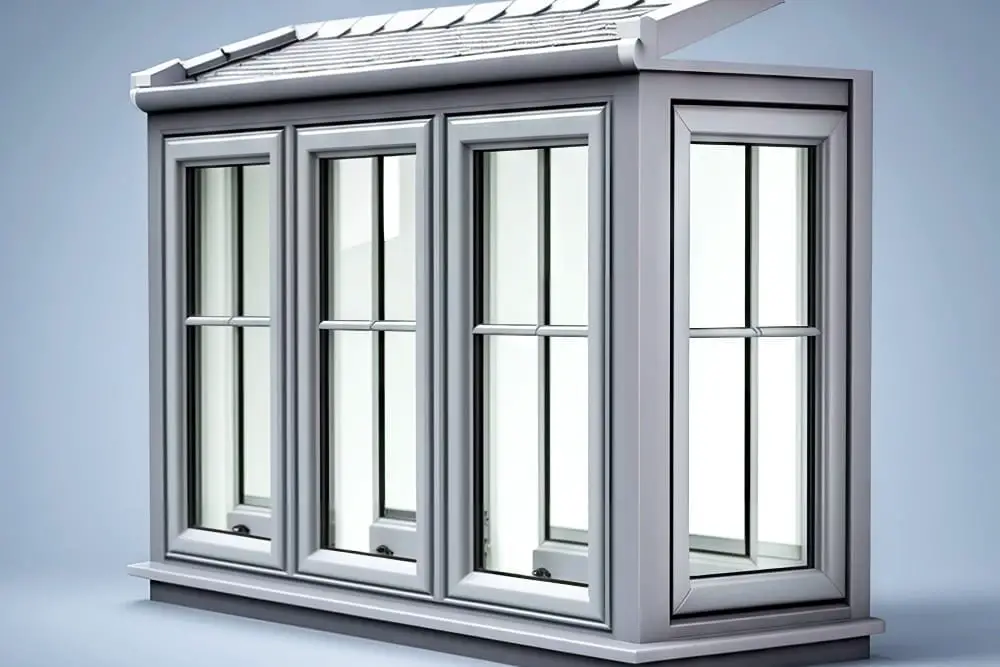
Standard windows are pre-made and come in a range of sizes that fit most homes. Custom windows, on the other hand, are made to order and can be designed to fit any size or shape opening.
While standard windows may seem like the easier option since they’re readily available at home improvement stores, they might not always be the best choice for your home. If your window openings don’t match up with standard sizes or if you want a unique look for your home’s exterior, then custom-sized windows may be necessary.
Custom-sized windows also offer more flexibility when it comes to design choices such as frame material and color options. They can also provide better energy efficiency by ensuring an exact fit which reduces air leakage around the edges of the window.
However, keep in mind that custom-sized windows tend to cost more than their standard counterparts due to additional manufacturing costs associated with creating unique dimensions and shapes.
Ordering Windows

When ordering windows, there are a few things to keep in mind. Firstly, make sure that the window type and size match your requirements.
If you’re replacing an old window or installing a new one for the first time, consider whether you want custom or standard sizes.
Custom-sized windows can be more expensive but offer greater flexibility in terms of design and fit. Standard-sized windows are less expensive but may not fit perfectly into existing openings.
When placing an order for replacement or new construction windows with a manufacturer or supplier, provide them with all necessary information such as dimensions (width x height x depth), frame material (wooden/vinyl/metal), glass type (single/double/triple pane) and any other specifications required by building codes.
Inspecting Delivered Windows

This step is crucial because it ensures that the windows are in good condition and meet your specifications. Before signing off on the delivery, check for any damages or defects such as cracks, scratches or chips on the glass panes and frames.
If there are any issues with the delivered window(s), contact your supplier immediately to arrange a replacement.
It’s also important to verify that you received all of the correct parts and accessories needed for installation such as screws, brackets or handles. Double-checking these details will save time later when installing new windows.
Inspecting delivered windows may seem like an unnecessary step but taking this precaution can prevent delays in installation due to damaged products being installed incorrectly which could lead to further problems down-the-line.
Measure for Storm Windows

Measuring for storm windows is similar to measuring for regular windows, but there are some additional steps you need to take.
Firstly, measure the width of the window frame from inside edge to inside edge at three different points: top, middle and bottom. Then measure the height of the window frame from top edge down to sill at three different points: left side, center and right side.
Next step is determining if your existing window frames have enough depth or space between them so that they can accommodate both primary (existing) as well as secondary (storm) sashes. Measure this depth by placing a straightedge across each jamb on which you plan on installing storm sashes; then measure distance between straightedge’s underside & glass surface of primary sash.
Once all measurements have been taken accurately document them before ordering custom-fit storm windows online or through local retailers who offer such services.
Measure for Window Screens
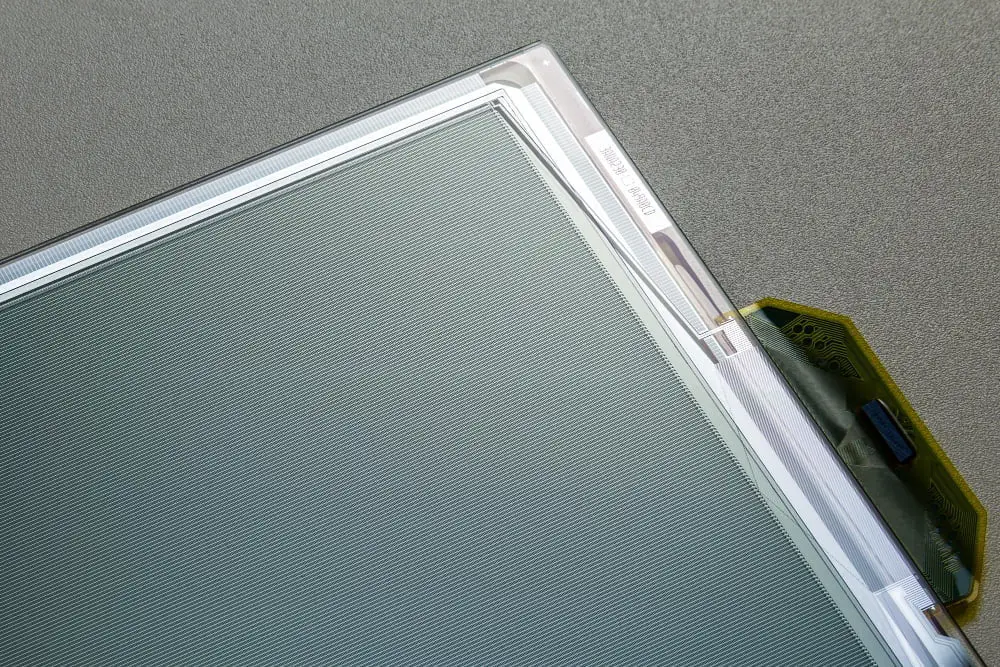
Window screens are an essential part of any home as they keep out insects and other unwanted debris while allowing fresh air to circulate through the house. To measure for a screen, start by measuring the width and height of the opening where you want to install it.
Be sure to take accurate measurements so that your screen fits snugly in place without gaps or overlaps.
If you already have an existing screen that needs replacing, remove it from its frame and lay it flat on a surface with one end flush against a straight edge. Measure from this edge across the width of the frame at three points: top, middle, and bottom.
Record these measurements.
Next up is measuring height; again take three measurements – left side (top-to-bottom), center (top-to-bottom), right side (top-to-bottom). Record these numbers too.
When ordering custom-made screens online or through local retailers be sure all dimensions are correct before placing orders because most manufacturers do not accept returns on custom-sized products unless there was an error made during production.
Window Measurement Tips and Tricks
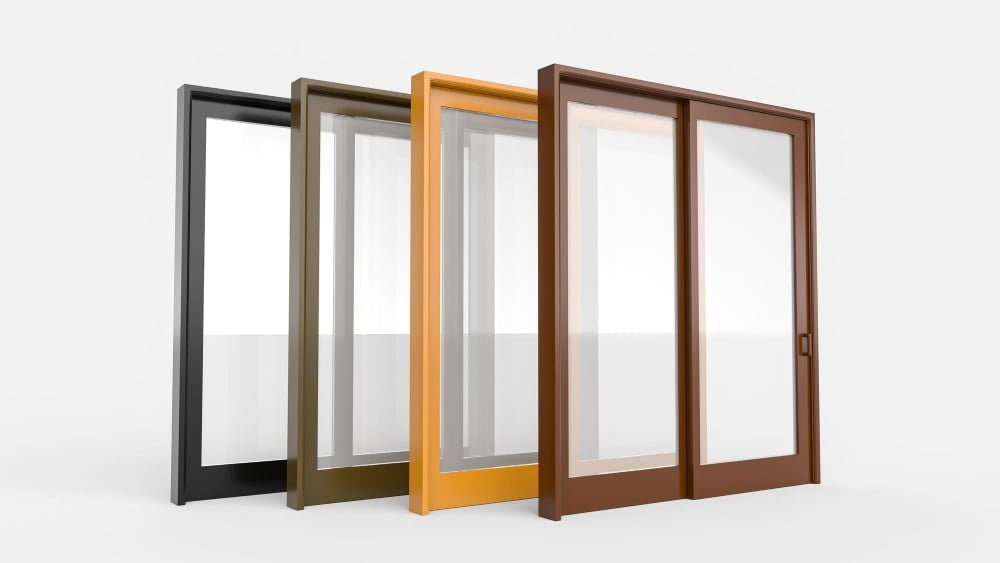
Here are some tips and tricks to help you get accurate measurements:.
1. Always measure twice: It’s essential to double-check your measurements before ordering or installing a new window.
2. Use a level: A level will ensure that your measurements are straight and even.
3. Measure from different angles: Measuring from multiple angles will give you more precise dimensions, especially when measuring depth.
4. Don’t forget about the trim: If you plan on keeping the existing trim around your windows, make sure to include it in your measurement calculations.
5. Consider hiring professionals: If all of this seems overwhelming or too complicated, consider hiring professional installers who have experience with measuring windows accurately.
The Importance of Professional Window Measurement

Even the slightest mistake can lead to a poorly fitting window that lets in drafts and compromises your home’s security. That’s why it’s essential to consider hiring a professional window measurement service.
Professional window measurers have years of experience and training in taking precise measurements for all types of windows, including custom sizes or unique shapes. They use specialized tools and techniques that ensure accurate measurements every time.
Professional measurers know how to account for any irregularities or obstacles that may affect the installation process. For example, they can identify if there are any structural issues with your walls or framing before ordering new windows.
By investing in professional measurement services, you’ll save yourself time and money by avoiding costly mistakes during installation due to incorrect sizing information provided by an amateur measure job.
While measuring your own windows might seem like an easy task at first glance; however when considering the importance of accuracy on both safety & energy efficiency fronts – hiring professionals who specialize specifically within this field could be well worth considering!.
FAQ
How do I estimate the size of a window?
Estimate the size of a window by measuring the width from left to right jamb at the top, middle, and bottom, and measuring the height from the head to the window sill on both sides and in the middle.
How do you measure a window rough opening?
To measure a window rough opening, measure the vertical distance from the bottom head jamb to the top of the window sill at the left, center, and right side, and use the smallest of these measurements as the rough opening height.
Are window measurements height by width?
Window measurements are typically listed as width by height.
What is the standard method for measuring replacement windows?
The standard method for measuring replacement windows involves measuring the width and height of the window opening from jamb to jamb and from head to sill, ensuring accuracy within 1/8 of an inch.
How do I measure for a window with an arch or unique shape?
To measure for a window with an arch or unique shape, accurately measure the width, height, and any unique dimensions, taking note of the curvature or angles involved.
What factors should be considered when choosing the right size for a window?
“When choosing the right size for a window, consider factors such as the room’s dimensions, purpose, aesthetics, energy efficiency, and local building code requirements.”
Related Stories
- How To Measure Window Screens
- How to Measure for Valances: Step-by-Step Guide for Perfect Window Treatments
- How to Measure Window Well Covers: Simple Steps for Accurate Results
- Install Window Screen Without Frame Easily [Step-by-Step Guide]
- How To Build A Window Frame And Sill
Recap
